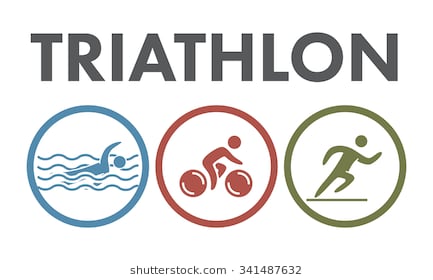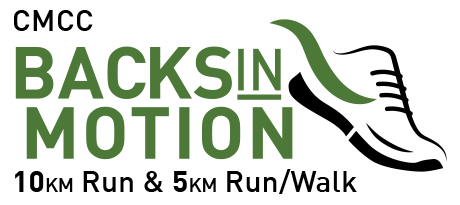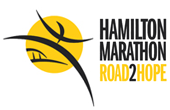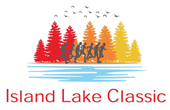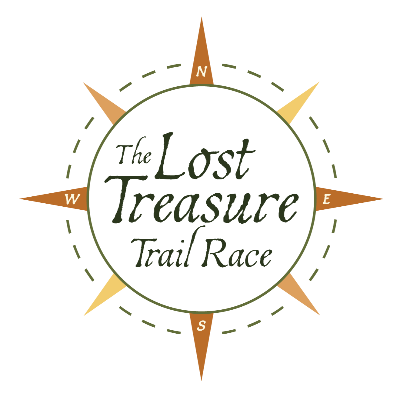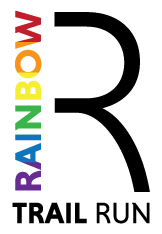A triathlon is made up of three sports, with the swim first, followed by the bike leg, then the run leg. There are triathlons of many different lengths, from short (375 m swim/10 km bike/2.5 km run) to insanely long (3.8 km swim/180 km bike/42.2 km run). Start with the Give-it-a-Tri, and work up from there!
TRAINING
Make sure you can safely complete all of the distances before putting them together in a race (this isn’t true for a half or full distance triathlon). You should also try a few “brick” workouts where you run immediately following a bike ride so you train your legs on this tricky transition. You don’t need to run the full distance afterwards – even just 5 minutes should get you used to that wobbly feeling in your legs. I also recommend a couple swim-bike training sessions to practice removing your wetsuit quickly (since that will be part of your race time) and riding your bike while wet. You don’t need to train a lot for a short distance triathlon, and you should focus on your weaker events in your training. Even 3 workouts a week for a few weeks should suffice. You can train by yourself, with friends, or in a group – check websites and social media if you want company and/or motivation!
The main aspects of each leg of a triathlon, including suggested equipment, are described below:
SWIM
This might be the most daunting for many athletes new to triathlon. Make sure you are comfortable swimming double the required distance in a pool before swimming in a lake. Sign up for lessons if appropriate. Many (most) triathletes wear a wetsuit for increased buoyancy (and faster swim times) – borrow, rent, or buy a wetsuit as appropriate. You might consider buying Glide or some other lubricant to reduce chafing at the back of your neck. You can buy good wetsuits at Running Free! Ask your local store about rental options – especially if you are only doing 1 race a year. You can also pick up a swim cap and goggles if you need them. You will get a swim cap at the race, but you will likely want to train in one to get used to it.
BIKE
The longest part of the triathlon is the bike portion. It can also be the most expensive, if you let yourself get carried away buying the latest equipment. For beginners, start with whatever bike you have (some will do it on a mountain bike, but I don’t recommend that). As you get more involved in the sport, you will want to consider spending $1000+ on a road bike (or $3000+ on a time trial bike). You can wear cycling shorts (with a thick chamois) and a cycling jersey with pockets while training, but for a race, most triathletes wear tri shorts (thin chamois) and a tri top for both the cycle and run. Many even wear them under their wetsuit for a fast transition! I recommend clipless pedals and cycling shoes, but you can use regular shoes and pedals as well. The only mandatory equipment is an approved cycling helmet – you should wear it on all training runs for your own safety, but it is required on race day. You will also want to consider purchasing cycling sunglasses and a saddle bag to hold your phone, a spare inner tube, CO2 cartridge and adapter. For longer training sessions, you can even bring along a snack. Don’t forget 1-2 water bottle cages for staying hydrated!
RUN
The run can be the hardest part of the triathlon, but it is relatively cheap, and easy to train anywhere. You just need a pair of running shoes (or wear the same shoes you wear on your bike if you don’t have cycling shoes). For race day, you can purchase a belt for your bib number (or pin it to your shirt). Many also choose to run in a hat, if it is sunny.
SUMMARY
If you are thinking about doing a triathlon, but haven’t taken the plunge yet, I have one piece of advice – do it! You will love it!




